Top 10 Edible Flowering Plants for Home Cooks to Grow
Updated: May 18, 2023
Add beauty and gusto to your garden with these flavorful, edible flower plants that you can harvest for culinary purposes.
Many annuals and perennials produce pretty blossoms that you can also harvest for culinary purposes. Before you pick and start munching, keep a few things in mind before adding edible flower plants to your garden. First off, be sure to identify plants correctly and make sure they are safe to eat and are pesticide-free. Pick newly opened flowers in early morning or evening, when they are plumped with moisture and at their tastiest. Finally, before you use the flowers, remove the stems, stamens and pistils, which are bitter, and check carefully for any insects or disease. Flavorful blossoms—with sweet to savory nuances—make these 10 edible flower plants essential ingredients in a well-seasoned cook’s garden.
Check out the top 10 herbs to grow for cooking.
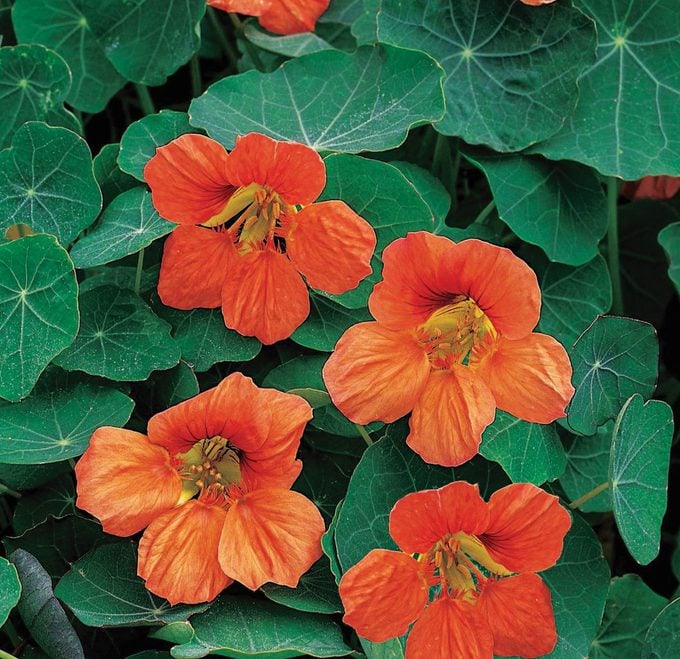
Nasturtium
(Tropaeolum majus, annual)
Nasturtium flowers add a peppery bite to salads and a splash of sunshine when garnishing plates. Fragrant nasturtiums bear single, semi-double or double blooms in red, orange, yellow and cream. Depending on the cultivar, nasturtium plants can be clumping, trailing or climbing and will grow 1 to 10 feet tall and 1 to 3 feet wide.
Why we love it: Adding nasturtium to your summer fare quickly brightens up a plate. Growing May to September, it is perfect for summer get-togethers.
Hummingbirds love these pink nasturtium flowers.
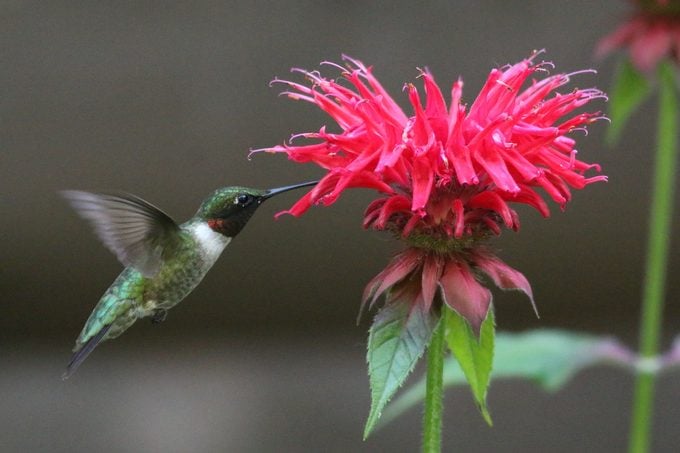
Bee Balm
(Monarda didyma, Zones 4 to 9)
Scarlet-red or lilac flowers contribute minty or citrusy zest to cooking oils, vegetable and fruit salads, meat dishes and even homemade ice cream. A reliable grower, bee balm thrives in sun to part shade and organically rich, moisture-retentive soil. Clump-forming plants that reseed grow to 4 feet tall and 3 feet wide and should be divided every few years to control growth and ensure health.
Why we love it: Truly a versatile plant, bee balm is a favorite of hummingbirds and bees.
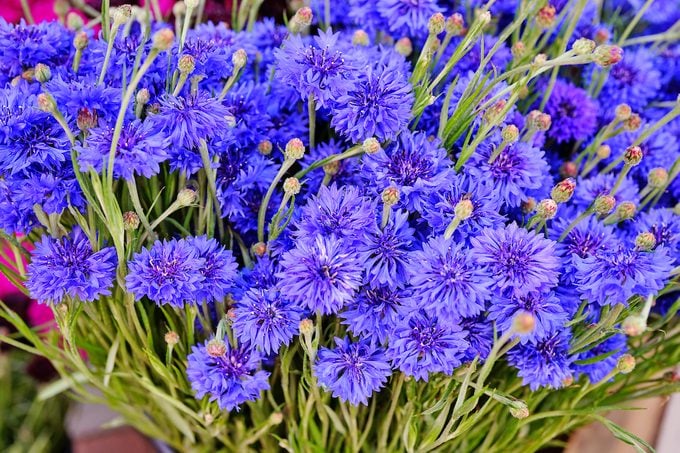
Bachelor’s Button
(Centaurea cyanus, annual)
Also known as cornflower, this self-seeding annual sports fluffy, sky-blue flowers that make a splash in summer gardens. Edible petals bring sweet or clovelike flavors to soups and salads and add botanical beauty to iced cakes. These plants prefer a sunny spot with well-drained soil and will grow up to 3 feet tall and 2 feet wide.
Why we love it: The brilliant blue flowers of bachelor’s button are a treat for the eyes as well as for the tastebuds, with its subtly sweet flavor.
Check out our favorite pretty flowers for a cutting garden.
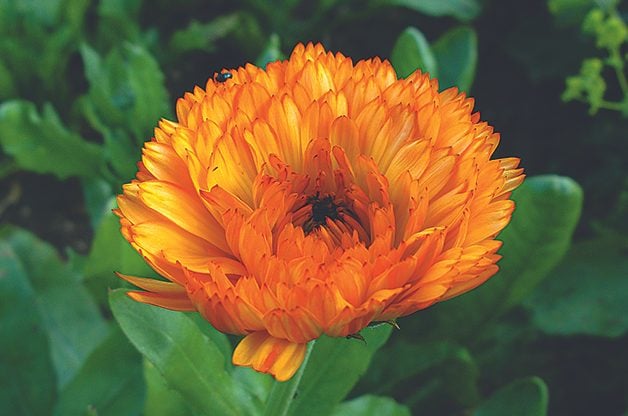
Calendula
(Calendula officinalis, annual)
Add colorful tang to side dishes and entrees with the bright yellow or orange petals of calendula, also known as pot marigold (here’s how to tell the difference: calendula vs. marigold). Slightly bitter and squashlike in flavor, the flowers can be used as garnishes, mixed into mashed potatoes and grains, tossed into salads or baked into breads. As the name implies, pot marigolds are ideally suited to growing in containers.
Why we love it: Besides adding flavor to dishes, the pot marigold repels a few garden pests and draws beneficial insects.
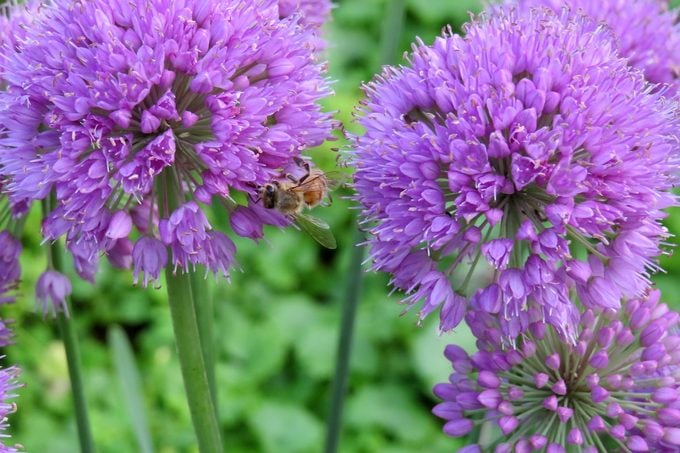
Chives
(Allium schoenoprasum, Zones 4 to 8)
Chives offer more than flavorful foliage. Their cloverlike flowers add dimension to soups, salads or sauces. To control the strong onion flavor, break blooms apart and use individual petals for seasoning. Chives form clumps that are 12 to 18 inches high and wide and bloom from April to May. They do reseed, so make sure you harvest the flowers regularly.
Why we love it: No herb garden is complete without the savory scent of chives. Gardening chefs will love its useful variety and low-maintenance attitude.
Plant allium flowers in fall for pretty spring blooms.
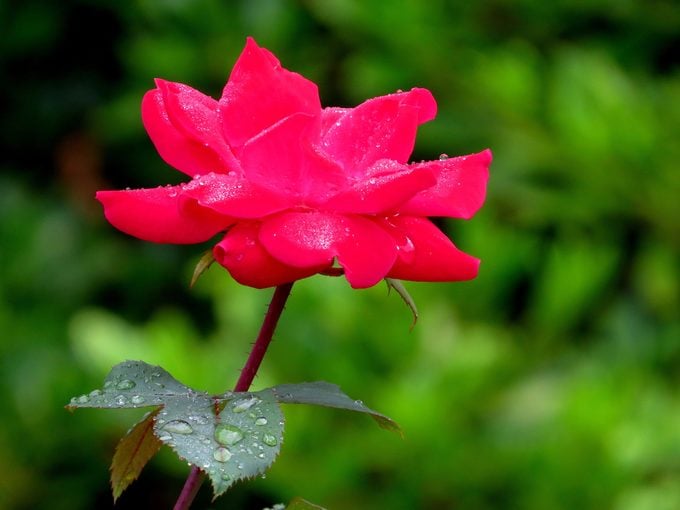
Rose
(Rosa species, Zones 4 to 10)
Depending on type, rose petals might taste like strawberries, green apples, mint or an exotic spice. Before mixing roses into salads, jellies, butters or sugars, remove the bitter white tip at the base of each petal. To enjoy a season-long rose harvest, choose continuous-blooming varieties.
Why we love it: Most roses are tasty, and it’s fun to test them to find ones that suit your palate. Experts say the darker petals are tastier, but you can be the judge of that.
Psst—roses love garlic: Find out why.
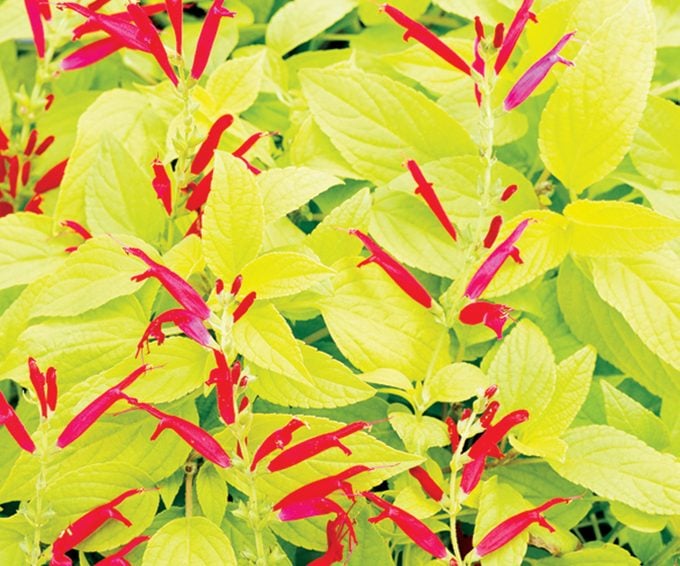
Pineapple Sage
(Salvia elegans, Zones 8 to 10)
This cold-tender perennial puts forth red flowers that have sweet fruity or minty undertones. Pineapple sage blooms can be sugared and used to decorate cakes. The fragrant leaves have a pineapple scent and are also edible. This shrubby plant grows to 4 feet high and 3 feet wide, producing flowers from summer through frost.
Why we love it: These brilliant-red flowers will be a big hit with hummingbirds before they add color to your summertime fruit salad.
Here are the top 10 plants to grow for a mocktail, cocktail or tea garden.
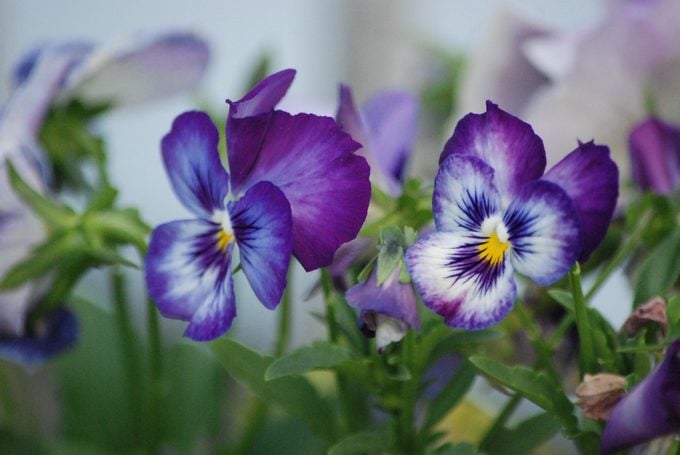
Pansy
(Viola, Zones 6 to 10)
Pansies evoke smiles of appreciation when used to garnish platters or flavor salads. The edible flower plants, blooming from April through June in shades of blue, purple, red, yellow and white, boast flavors ranging from tart and wintergreen to mild and grassy. The self-seeding biennial plant, which is often treated as a cool-season annual, grows to 12 inches tall and wide and prefers full sun to part shade.
Why we love it: When you add these cheerful blooms to your salad, you’ll have a flavorful and fun meal-starter.
Grow your own mushrooms with the best mushroom growing kits and logs.
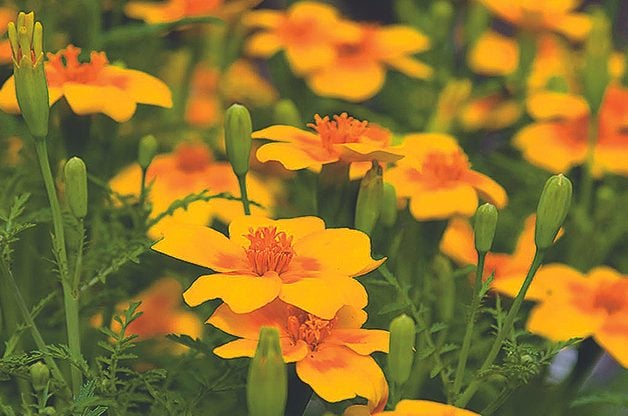
Signet Marigold
(Tagetes tenuifolia, annual)
Use these spicy, tarragon-flavored flowers to liven up salads, garnish platters and more. These compact annuals produce masses of dainty flowers on plants that grow to 6 to 9 inches high and wide. With deadheading, plants produce flowers from late May through fall. Try Lemon Gem or Tangerine Gem cultivars for pleasingly flavored cultivars.
Why we love it: These edible flower plants add great color and flavor! Fiery hues signal the spicy flavor of these beauties.
Check out the top 10 tropical fruit trees to grow.
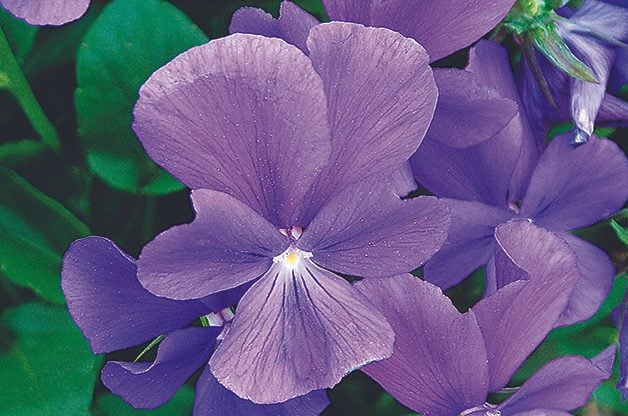
Sweet Violet
(Viola odorata, Zones 5 to 9)
These wildflowers, considered a weed by some, run rampant in shady areas and woodland gardens in early spring. Make the most of the blooms, which may have either a sweet-perfumed or a grassy flavor and can be candied. This clumping perennial grows to 8 inches tall and wide, has heart-shaped leaves and spreads quickly.
Why we love it: Petite purple or white flowers can be tossed into salads or used to flavor vinegars, butter, cream cheese, jellies and beverages, or to decorate desserts.
Next, get more tips on how to use edible flowers from your garden.